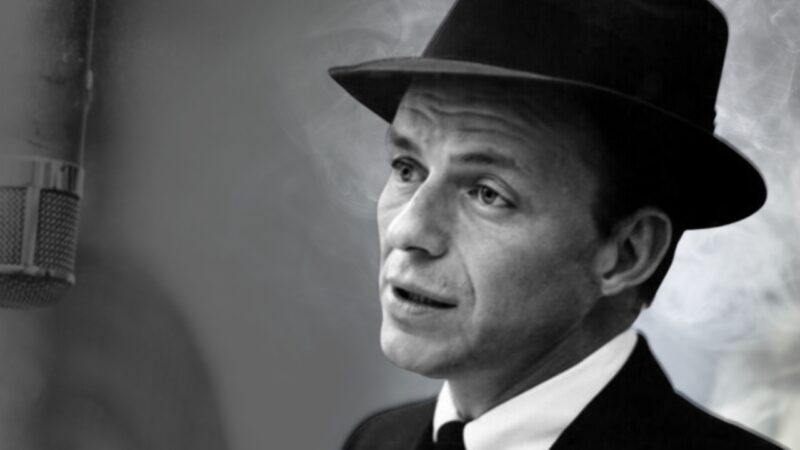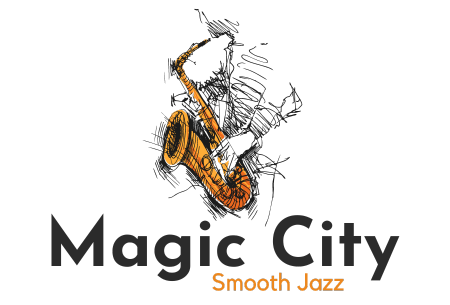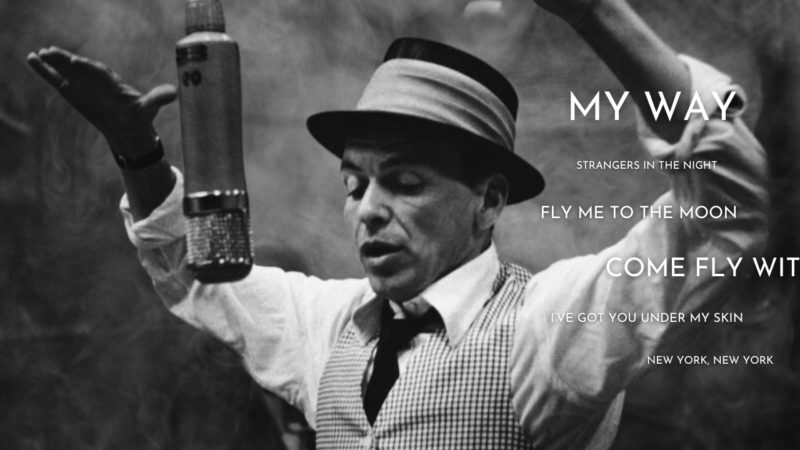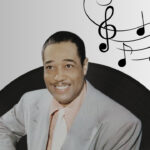When we think of timeless classics, an icon who invariably comes to mind is Frank Sinatra. Known for his velvety voice, Sinatra took the music industry by storm with his awe-inspiring ability to express emotion through song.
Here we’ll dive into 20 of the best songs by “Ol’ Blue Eyes,” with insights that will hopefully make you appreciate his music anew, whether you’re a die-hard fan or hearing Sinatra for the first time.
1. “My Way” (1969)
“My Way” is unquestionably Sinatra’s signature song. The track, filled with powerful self-affirmation, resonates with those who live life on their own terms. Composed by Paul Anka, it was a tribute to Sinatra’s independent spirit and became a staple at his concerts. As Sinatra proclaimed, “For what is a man, what has he got / If not himself, then he has naught,” he reminds us of the importance of authenticity and personal conviction.
2. “Strangers in the Night” (1966)
Despite Sinatra’s purported personal disdain for “Strangers in the Night,” this song remains one of his most loved. It’s a catchy tune that tells the sweet story of two strangers falling in love at first sight. The ad-libbed “doo-be-doo-be-doo” became a catchphrase that’s easily identifiable with Sinatra, proving that sometimes, the spontaneous moments are the ones that stick.
3. “Fly Me To The Moon” (1964)
Another Sinatra classic is “Fly Me to the Moon,” initially recorded by Kaye Ballard. Sinatra’s rendition, with Count Basie’s Orchestra, has become the gold standard, often played in films and TV shows. The jazzy melody and romantic lyrics create an irresistible blend that transcends generations. Sinatra’s delivery adds depth to the lyrics, drawing the listener into his wishful thinking.
4. “I’ve Got You Under My Skin” (1956)
“I’ve Got You Under My Skin” exemplifies Sinatra’s ability to deliver emotionally complex songs. Originally a Cole Porter composition, Sinatra’s version added a dramatic, big-band arrangement that underscored the song’s longing and passion. The song portrays an intense romantic obsession, and Sinatra’s performance is so convincing that it’s hard not to feel the emotion.
5. “Come Fly With Me” (1958)
In “Come Fly With Me,” Sinatra invites the listener to join him on a global romantic adventure. The song is a reminder of a bygone era when air travel was a luxury, infused with glamour and excitement. Sinatra’s smooth vocals and the lively, big band background make it a musical treat that brings the Golden Age of Hollywood to mind.
6. “The Way You Look Tonight” (1964)
“The Way You Look Tonight” is a song that perfectly encapsulates Sinatra’s ability to express admiration and love. His rendition exudes warmth and genuine emotion, which, combined with the timeless lyrics, make it a favorite at weddings. This song’s enduring popularity showcases Sinatra’s knack for capturing the essence of a moment in the song.
7. “New York, New York” (1979)
Sinatra’s “New York, New York” has become the unofficial anthem of the Big Apple. With its triumphant lyrics and Sinatra’s bold delivery, the song perfectly captures the city’s energy and ambition. For many, it’s impossible to think of New York without hearing Sinatra’s voice singing, “If I can make it there, I’ll make it anywhere.”
8. “That’s Life” (1966)
“That’s Life” is Sinatra’s reflection on the ups and downs of life. With its uplifting message, the song encourages listeners to keep going, no matter the circumstances. The song’s success was driven by Sinatra’s vocal range, which brought forth the song’s contrasting themes of despair and resilience.
9. “It Was A Very Good Year” (1965)
“It Was A Very Good Year” is a reflective and poignant song about looking back at life and the passage of time. Sinatra’s nostalgic delivery conveys a wistful longing for the past, reminding us that even as time passes, our memories remain. The song’s evocative imagery and Sinatra’s emotive singing make it a standout piece in his discography.
10. “Summer Wind” (1966)
“Summer Wind,” with its breezy melody and nostalgic lyrics, showcases Sinatra’s ability to tell a story through song. The song serves as a metaphor for fleeting romance and the change of seasons, with Sinatra’s nuanced performance hinting at the sweet sadness of transient love. His vocal rendition transforms the tune into a poignant ballad about lost love.
11. “Love and Marriage” (1955)
The lighthearted and catchy tune “Love and Marriage” became synonymous with the television show “Married with Children.” Sinatra’s version, with its playful lyrics and cheerful melody, offers a humorous, somewhat cynical take on the institution of marriage. This upbeat, witty song shows Sinatra’s versatility as a performer.
12. “Night and Day” (1957)
In “Night and Day,” Sinatra explores the theme of unrequited love, showing off his ability to convey complex emotions through music. Originally a Cole Porter song, Sinatra’s version adds a touch of melancholy that enhances the song’s poignancy. His heartfelt performance has made it one of his most memorable tunes.
13. “The Lady Is a Tramp” (1957)
With “The Lady Is a Tramp,” Sinatra introduces us to a character who does things her way without concern for societal expectations. The song’s lively rhythm, coupled with Sinatra’s breezy vocal performance, creates an appealing portrait of an independent woman. This song highlights Sinatra’s ability to tell a story through music.
14. “You Make Me Feel So Young” (1956)
Sinatra’s rendition of “You Make Me Feel So Young” is a testament to the transformative power of love. The upbeat tempo and cheerful lyrics combined with Sinatra’s energetic performance make it impossible not to smile while listening. This song is a perfect example of Sinatra’s ability to deliver a feel-good tune.
15. “In the Wee Small Hours of the Morning” (1955)
One of Sinatra’s most hauntingly beautiful songs, “In the Wee Small Hours of the Morning,” showcases his ability to convey the pain of heartbreak. The song’s melancholic tone, combined with Sinatra’s emotional delivery, creates a powerful portrayal of loneliness and longing.
16. “Luck Be a Lady” (1965)
“Luck Be a Lady” demonstrates Sinatra’s flair for dramatic performances. This song from the musical “Guys and Dolls” is a plea to the fickle goddess of luck. Sinatra’s commanding performance, combined with the song’s rich orchestration, make it a compelling listen.
17. “One for My Baby (and One More for the Road)” (1958)
This song is a quintessential Sinatra ballad of love lost. In “One for My Baby,” Sinatra embodies the lonesome barfly, delivering the song’s heartbreaking lyrics with an intensity that’s hard to forget. The song showcases Sinatra’s gift for expressing vulnerability in song.
18. “Something Stupid” (1967)
In “Something Stupid,” Sinatra teamed up with his daughter Nancy to deliver a sweet duet about new love and the fear of spoiling it. The song’s light-hearted and playful vibe, combined with the unique blend of their voices, makes it a delightful listen.
19. “The Best Is Yet to Come” (1964)
“The Best Is Yet to Come” is Sinatra’s optimistic outlook on the future. His confident delivery of the song’s hopeful lyrics makes it a standout track. The song’s lively tempo and upbeat melody create a joyful listening experience that never fails to lift spirits.
20. “All the Way” (1957)
In “All the Way,” Sinatra croons about the power of enduring love. The song, featuring beautiful orchestration and Sinatra’s passionate vocals, creates a romantic atmosphere that’s hard to resist. It’s a testament to Sinatra’s ability to tug at the heartstrings with his music.
How Frank Sinatra Shaped the Pop Music Genre

Breaking Ground with Concept Albums
Long before concept albums became a popular element in pop music, Sinatra was pioneering this approach with albums such as “In the Wee Small Hours” and “Songs for Swingin’ Lovers”.
These collections were not just a random assortment of songs; instead, they followed a specific theme or narrative. This intentional curation of music was a radical departure from the norm in the 1950s, and it paved the way for the likes of The Beatles, Pink Floyd, and numerous pop artists who would later craft their masterpieces around a central concept.
Emotional Authenticity and Storytelling
Frank Sinatra’s ability to convey deep, authentic emotion in his performances also had a profound impact on the pop genre. He was not merely a singer; he was a storyteller who used the lyrics of a song to connect with listeners on a deeply personal level.
This kind of emotive, narrative approach to music-making influenced countless pop artists. From the soul-baring confessionals of Adele to the storytelling prowess of Taylor Swift, traces of Sinatra’s influence can be seen in how these artists use their music to share their personal experiences and emotions.
Musical Experimentation
Sinatra was unafraid to experiment with his music, whether it involved fusing pop with jazz or collaborating with a range of artists and arrangers.
This openness to trying new things influenced many future pop artists to experiment with their sound and not be bound by the limitations of a single genre. Artists such as Lady Gaga, who’s known for her eclectic blend of pop, electronic, and jazz music, can trace a lineage of experimental boldness back to Sinatra.
Discover the unparalleled legacy left behind by these 20 jazz musicians, true icons of the genre, as they mesmerized audiences with their timeless classics.
Vocal Techniques and Phrasing
Frank Sinatra’s vocal techniques, particularly his unique phrasing, left a lasting impact on the pop genre. He understood the rhythm and flow of the lyrics, often breaking them up in unexpected ways to add more depth and emotion.
This attention to lyrical delivery has significantly influenced pop vocalists. The way artists like Michael Bublé or Harry Styles play with the timing and emphasis of their lyrics shows Sinatra’s enduring influence.
The Cult of Personality
Finally, Sinatra was among the first pop artists to cultivate a compelling public persona that was as influential as his music. His suave, confident “Chairman of the Board” image was a significant part of his appeal.
This blurring of personal brand and musical output laid the groundwork for countless pop stars like Madonna, Prince, or Beyoncé, whose public personas are inextricably linked to their music.
Final Words

Frank Sinatra’s influence on the pop music genre is broad and enduring. His groundbreaking approach to albums, emotive storytelling, musical experimentation, unique vocal phrasing, and cultivation of a public persona have all become integral elements of the genre. The Chairman’s impact continues to reverberate through the pop landscape, underscoring his timeless relevance and influence.







